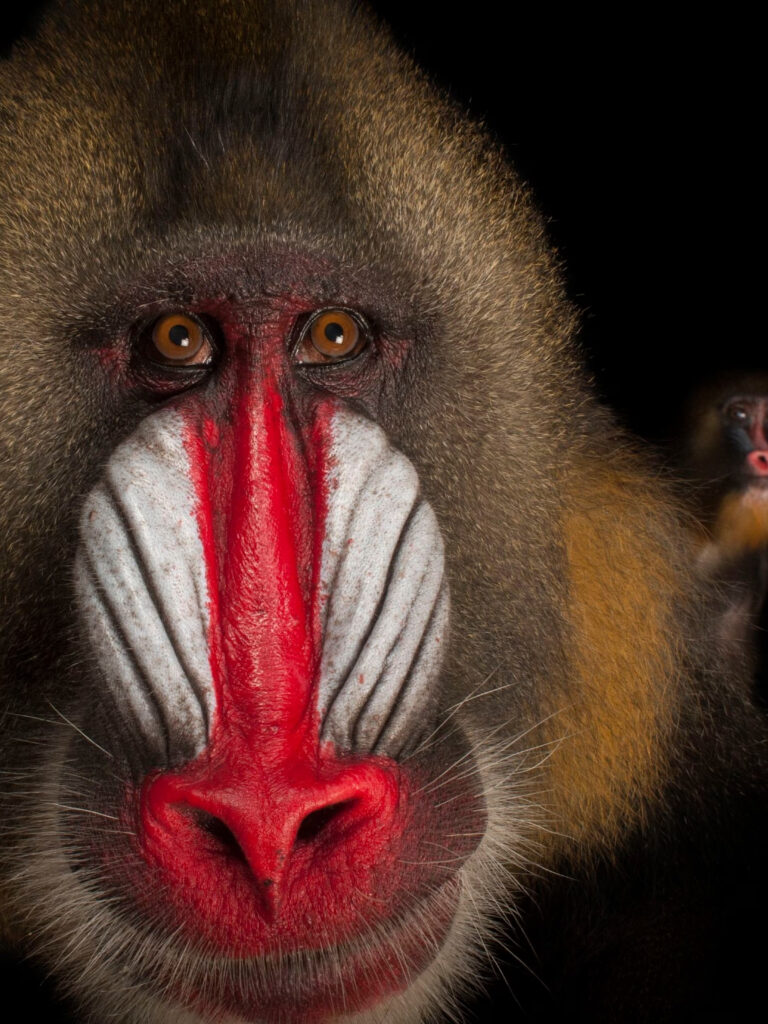In a recent study featured in the Biological Journal of the Linnean Society, researchers led by Robert MacDonald from the University of Bristol challenge a longstanding assumption about the connection between enhanced color vision and red skin or fur coloration in primate species. This groundbreaking research sheds light on the intricate relationship between color vision and the vibrant hues exhibited by primates, prompting a reevaluation of our understanding of evolutionary pressures shaping these traits.
Background: Traditionally, it has been widely assumed that the rich and varied coloration observed in primates, including striking red skin or fur, is intricately linked to their superior color vision. However, MacDonald and his team set out to investigate whether this connection holds true across different primate species.
Exceptional Color Vision in Primates: Primates, including monkeys, apes, and lemurs, stand out in the mammalian world for their unusually good color vision. This heightened color sensitivity allows them to differentiate between shades of red and green, a trait generally thought to have evolved to aid in the identification of ripe red fruit or nutritious young red leaves in their natural environment.
Communication through Red Traits: Red color traits in primates, such as red skin on the face or anogenital region and red-orange fur on various body parts, have been recognized as crucial elements in social communication. These traits convey information about fertility, rank in the dominance hierarchy, and other social dynamics within a species.
Study Design and Methodology: To test the assumption that species with better color vision are more likely to exhibit red coloration, the research team systematically categorized each primate species based on specific colorful traits, using photographs. Factors such as the primate family tree, diurnal or nocturnal habits, and social group size were considered to control for other potential influencing factors.
Surprising Findings: Contrary to expectations, the study did not find a clear link between better color vision and the likelihood of red coloration in primates. This challenges long-held assumptions about the origins of color variation within primate species.
Implications and Future Directions: The unexpected findings prompt a closer examination of the purposes served by colorful red skin or fur in individual primate species. Despite extensive research into primate coloration, the complexities of the evolutionary pressures shaping these traits remain elusive. This study emphasizes the need for a nuanced understanding of primate evolution and the diverse roles played by colorful features in communication and social dynamics.
